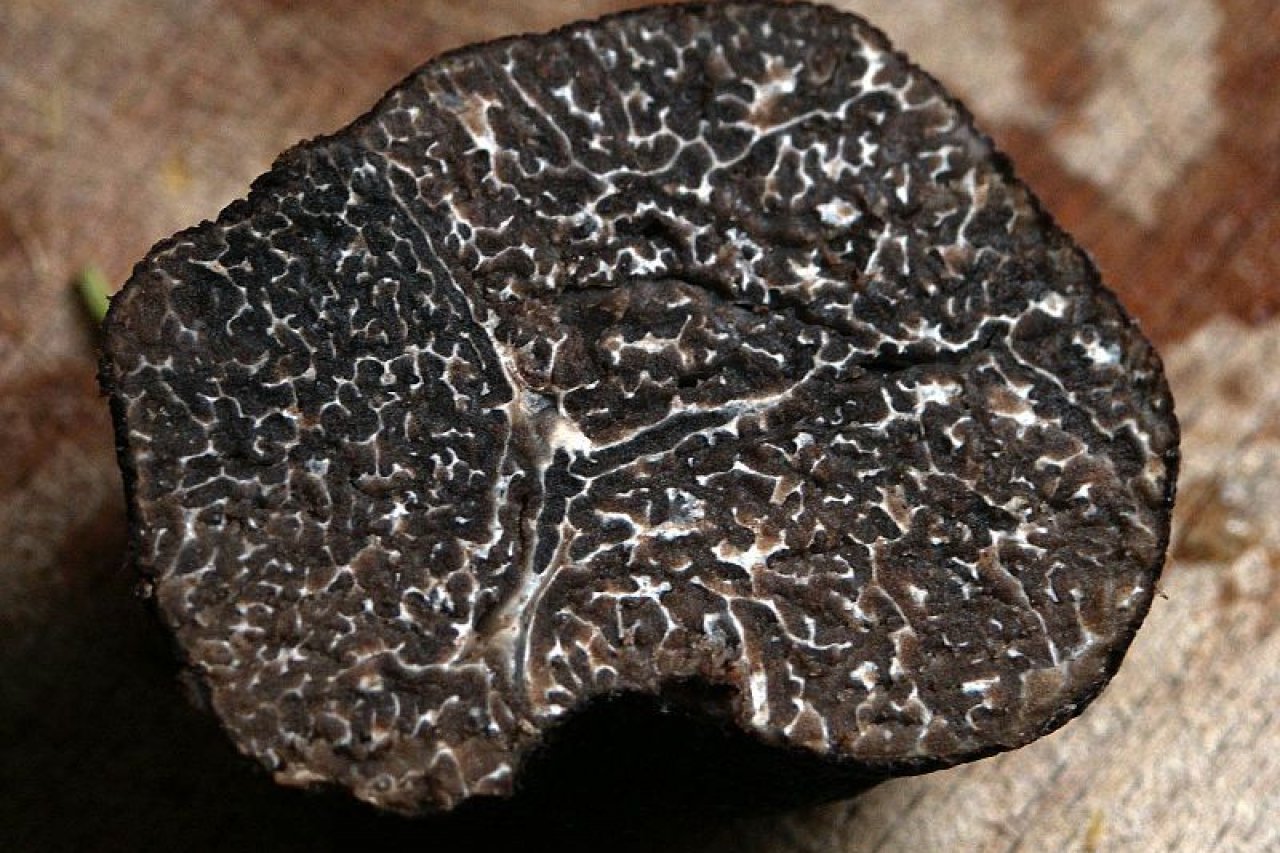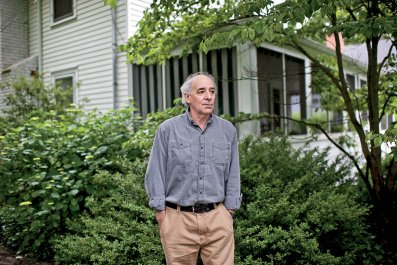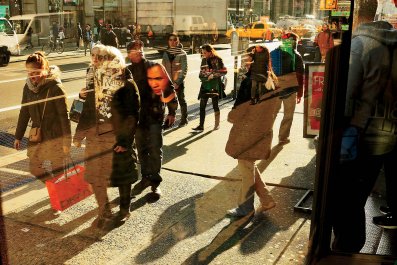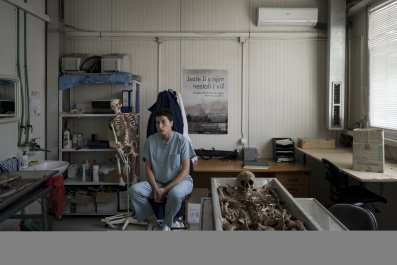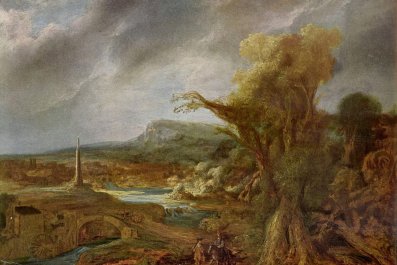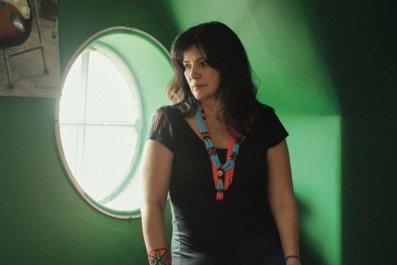Where do the world's best truffles come from? For the past century or more, the stock response has been Périgord (France) for black ones and Piedmont (Italy) for the rarer white variety. It wasn't always so. In the Ancient World, these sources were unknown and the Roman poet Juvenal declared "Libyans – unyolk your cattle, keep your harvests but send us your truffles".
Libyan truffles don't feature any longer on our menus, but those from the New World increasingly do. For the past three years, a remote farm in Western Australia has produced black truffles that renowned chefs consider equal or even superior to the best Europe can offer. They are exactly the same species – the tuber melanosporum – and originated from tree roots inoculated with the Périgord variety.
First mentioned by the Ancient Egyptians, the truffle has long been associated with luxury and decadence. In fact, the French writer Alexandre Dumas claimed "it awakens erotic and gourmand memories...and not a positive aphrodisiac, but in certain circumstances it can make women more tender, and men more amiable". Perhaps this explains why the price of a kilogram of Périgord truffles is more than £1,200 per kg, while white truffles can command prices five times that.
Can Australian truffles ever really challenge those from the Old World? After all, there are a handful of other luxury consumables such as Champagne, Havana cigars and Caspian caviar where rival products from elsewhere may approach but never surpass the originals. Another difficulty in deciding the validity of the claim is that it is impossible to physically compare Old vs. New World truffles because they are at their peak at opposite times of the year. High season for southern hemisphere truffles is from early June until September.
The 50-acre farm at Manjimup at the extreme south western tip of Australia, expects to produce five tons of the "Black Diamonds" this season and to export 95% of them, mostly to Asia, the USA and Britain. The first chef in Britain to offer them on his menu is Brett Graham, the Australian-born chef of The Ledbury in London's Notting Hill. A two Michelin starred chef, Graham believes "the quality of Australian truffles is definitely as good as the French". In the US, their greatest champion Thomas Keller, chef of two of the most famous restaurants in the country, The French Laundry in California and Per Se in New York. Matthew Orlando, his former sous chef, who now runs Amass in Copenhagen, agrees: "In black truffle terms, they are definitely the best as essentially they are the same species. If you are using them in a recipe, you can't tell the difference. In fact, I almost find them a bit more fruity than Périgord truffles, so in cooking terms, they are actually a bit more exciting to cook with."
My first encounter with them was three years ago, when I ate The Ledbury's truffle toast with Saint Nectaire cheese. The intensity was extraordinary. Just before this year's Wimbledon championships, Brett Graham created an entire menu of truffle dishes from Western Australia. It was a tour-de-force of Scottish langoustines wrapped in black truffles and shiitake, truffle toast, semolina dumplings with shaved truffles and chicken with truffle under the skin. Small wonder that the price for the very best Australian truffles is now approaching £1,000 per kg.
It is not just the rarity that causes the high prices – truffles are very difficult to find or farm, while the white truffle variety is completely wild. Truffles are a type of fungus that grow around certain types of tree root, especially oak and hazel, and can take up to a decade before an inoculated tree will produce them. Even then, the climate and soil type have to be perfect for them to flourish. The common way of finding them is to use trained dogs or in some cases pigs. This can be hazardous as the smell of a truffle sexually arouses a pig which can then accidentally bite off the hand of their trainers in their desperation to get to them. Even when they are harvested, there is the added problem of a rogue species called brumale, which looks identical to the Périgord truffle but is virtually tasteless. One of the big selling points of the Western Australian truffle is that it is completely free of these plausible imposters.
Britain has long had a number of truffle species and certain farmers are now attempting to produce them in commercial quantities. There are also a small number of truffle hunters who seek out the wild variety, using Lagotto Italian truffle dogs, which look like hairier versions of poodles. Tom Lywood is one of the best known hunters and he invited me to accompany him to one of his secret destinations.
Blindfolded and led into a 4x4 with a charming Lagotto called Brenda, I found myself in a wood. Within 10 minutes, Brenda was pawing at the exposed roots of an oak tree to uncover a small black truffle. The location was in a wood in Somerset on a large estate owned by a well-known aristocrat. Hence the secrecy. The owner of the hound didn't want the location revealed, nor his trespassing.
Later we shaved our wild truffles onto scrambled eggs. Good, but not nearly as intense as the best French or Italian ones. Brett Graham is happy to use them but thinks "if you compare them to French or Australian truffles, they are in a different league and a tenth of a price. They have a gentle button mushroom flavour, so they do have a place as decoration or in light salads".
The Truffle & Wine Company, who market the Australian delicacies, boast of being the single largest producer of Périgord-style truffles on the planet. Is it just a matter of time before gourmets consider the black diamonds from Manjimup to be the equal of those from Périgord?



